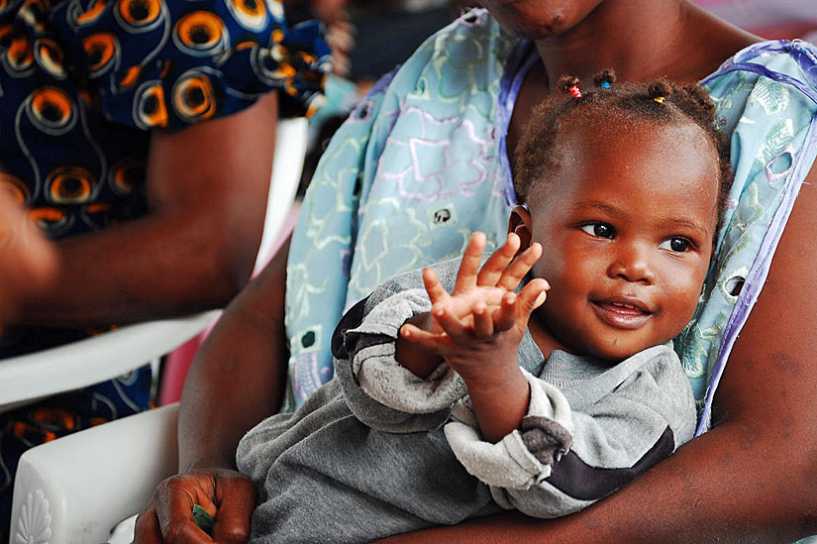
The Federal Ministry of Health has flagged 15 local government areas (LGAs) in Katsina State as among the highest contributors to maternal and child mortality in Nigeria.
This was revealed by Dr. Muntaqa Sadiq Umar, Sector-Wide Coordinator and National Coordinator of the Ministry of Health, during the closing ceremony of the Maternal and Neonatal Mortality Reduction Innovation Initiative (MAMII) held in Katsina. Represented by Mr. Omoruyi Iyahen, Dr. Umar stressed the urgency of the health crisis.
“Nigeria has long struggled with poor health indices, especially in maternal and child health. MAMII was designed to address this directly by working with the states,” he said.
Out of 172 high-risk LGAs identified nationwide, 15 are located in Katsina alone, prompting the Federal Government to make the state a top priority in its health intervention strategy.
“The Minister of Health gave us a clear mandate to go beyond policies in Abuja and get to the heart of the problem. That’s why Katsina is a priority. With the efforts seen here, especially from the state government and the First Lady, we believe results will start to change even before 2027,” he added.
A Grim Reality
According to recent data, Katsina records over 1,000 maternal deaths per 100,000 live births, and neonatal deaths exceed 66 per 1,000 live births, placing the state among the worst in the country.
Katsina’s First Lady, Hajiya Zulaihat Radda, described the figures as “distressing and unacceptable.”
“These figures represent far more than statistics. They are the lives of women with dreams, families, and futures lost to preventable causes,” she said.
Hajia Radda highlighted the impact of her NGO, Safe Space Humanitarian Initiative (SASHI), which has trained 50 community-based volunteers to promote antenatal care and safe deliveries in rural areas.
“Our volunteers are on the ground, encouraging women to attend clinics and deliver their babies in health facilities,” she noted, emphasizing the importance of community engagement in bridging healthcare gaps.
As Katsina ramps up its intervention efforts, federal and state stakeholders expressed optimism that with continued collaboration, innovation, and grassroots mobilization, the tide of maternal and neonatal deaths in the state can be turned.
“This is not just a policy mission—it’s a life-saving mission,” officials affirmed.


















